Bespoken Word: The price of bikes part two
Guy Kesteven digs deeper into why the price of bikes is at an all-time high
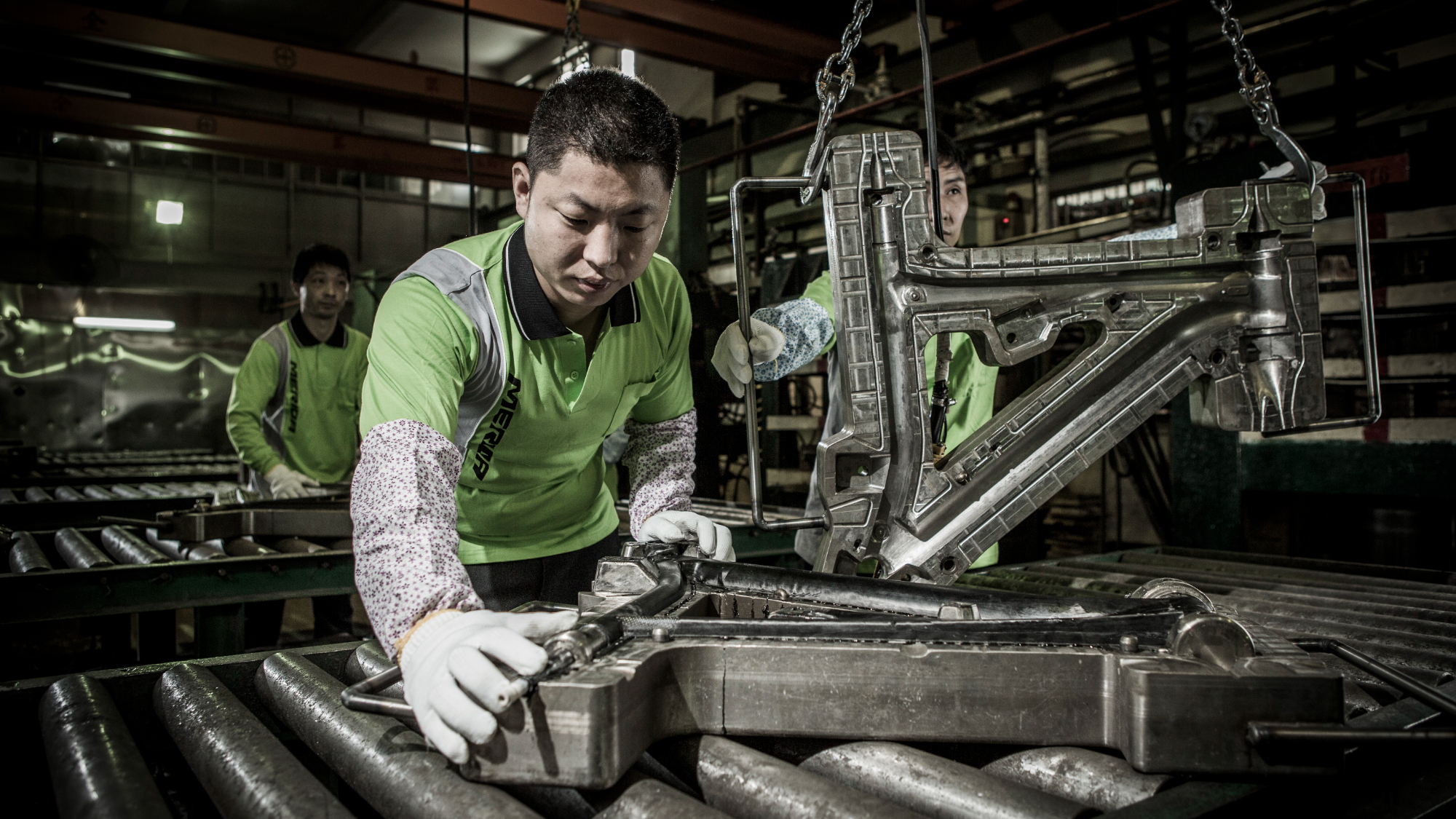
Well, it’s been an interesting week since I penned part one of this article. Several deep on – and off – the record discussions with industry insiders covering everything from exchange rates, the pre-covid bike retail landscape and coups in countries I had to Google. I’ve also answered mails from readers of the first part who were sensing a whitewash and sniffed around the accounts, fortunes and failings of various levels of retail and manufacturing.
So to get back to the question, do today’s higher prices mean consumers are being ripped off, or are they just a reflection of a far bigger economic and retail picture?
Before we go any further I need to point out that I’m certainly not an economist or any sort of business strategist, so apologies for anything I’ve got completely wrong from vanishing down wormholes on the web and digging around Companies House data. Massive thanks to Mrs K (who is an accountant, Chris Carter from Merida UK and others for some expert guiding and key stats used in this feature). Right, on with the recap.
I already talked to Cy from Cotic and Dave from Giant last week who reinforced a picture of dramatically rising costs across all areas of operation, particularly raw materials and shipping. Fluctuations in currency were also a big potential issue although interesting, it seems that in the UK at least, a relatively strong pound actually eased some of the initial pain of going through Brexit.
I wanted to try and dig deeper into why costs were going up though and try and track down some relevant figures. Basically to see if I was being sold a dummy or whether things really weren’t as rosy for manufacturers selling out of bikes at an all-time price high would suggest they are.
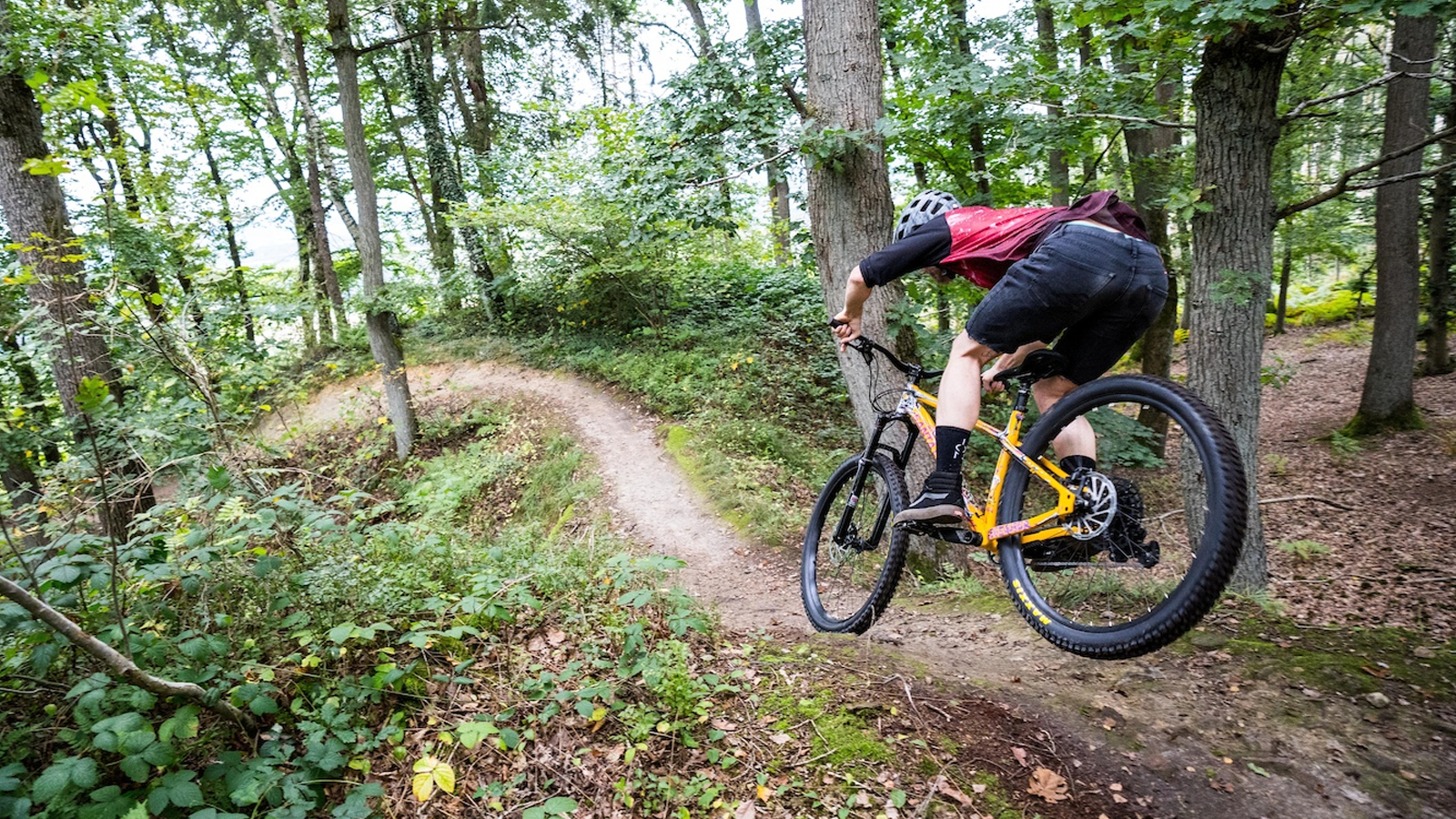
The price of everything
One of the bikes that triggered the price questioning was Santa Cruz’s latest Chameleon, which rolled in at £1,000 (33 percent) more than it did in 2017 for a basically identical spec.
Dickon from UK Santa Cruz importers Jungle echoed the statements being made by everyone – not just confined to the bike industry. “Raw materials have gone crazy – as reflected in the building industry and other trades. Because we rely on third parties to manufacture our alloy frames, and combined with the fact that our volumes are very small compared to larger customers in the same factory, then we have a lot less control on price rises on these models. Our Chameleon frame cost on the new model for example has risen by over 140 percent over the previous one!”
OK, but why have material and manufacturing costs jumped so high recently? Speaking to Chris Carter from Merida (one of the world’s largest bike manufacturers and frame producers) a border closing coup in the West African country of Guinea has had a devastating effect on alloy prices. That’s because 40 percent of the World’s bauxite – it’s a vital element in aluminum – comes, or did come, out of Guinea. It’s not just alloy either, according to Chris at Merida UK, “nickel and oil have all doubled in price versus 12 months ago, even paper pulp for cardboard increased 33 percent.” However, it’s not just bikes and parts where prices are ramping up insanely. Speaking to the lads at Peaty’s, the main ingredient in its Premium All-Weather lube has gone up by 80 percent.
China is having big industrial issues for a whole lot of reasons beyond the crippling dislocations of Covid too. For example, Chinese coal production is down to try and hit 2060 carbon-neutral goals, but over half the power stations are coal-fired so prices have risen. However, electricity pricing is capped by the government so coal mines are producing less rather than operating at a loss. Importing coal to get around that has issues too as Russia is currently prioritizing Europe, Malaysia is flooded and Mongolia has a haulage shortage. As a result, Goldman Sachs estimates that 44 percent of the industry has been affected by power shortages and alloy smelting is one of the most electrically intensive industries so that’s hit the bike industry – right across components and frames hard.
Wherever you are making bikes, costs have increased for safety, social and environmental reasons – that are undoubtedly worth paying for. “Merida is a huge Taiwanese PLC, and one of the leading international brands hailing from Taiwan so adheres to all legislation, has a Corporate and Social Responsibility policy and has to be squeaky clean due to its high profile. There’s also a competitive environment, the electronics industry is a big employer in Taiwan and wages there are higher than the bike industry, meaning wage rates are impacted by more than cost of living pressures.”
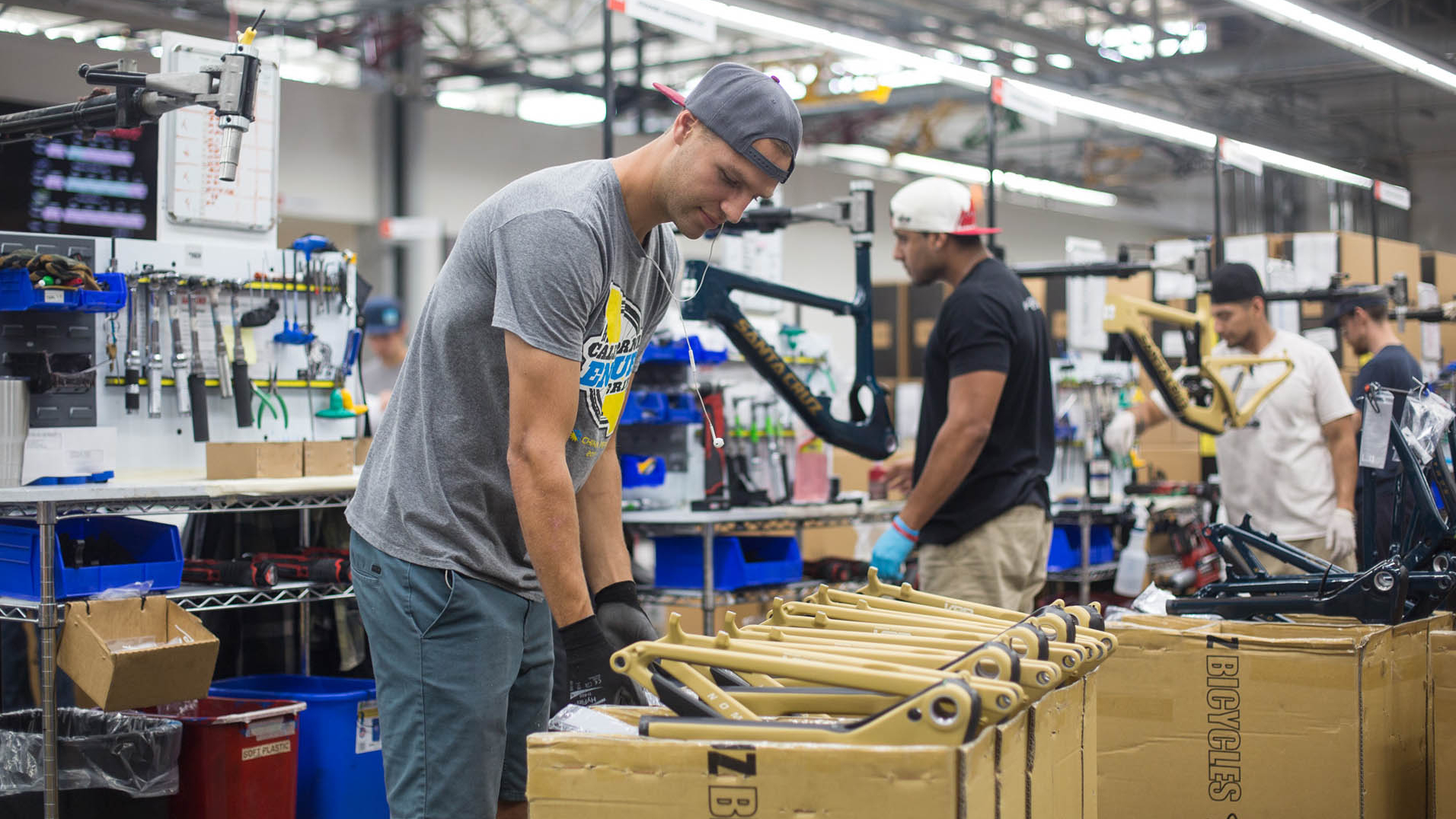
Santa Cruz quite rightly isn’t apologizing for treating its employees well either “One of our key principles is providing high-quality hand assembly of our bikes in the US. Santa Cruz is one of the most expensive places to live in the US, and with that goes a high cost of living. We are dedicated to providing all our workers with a fair living wage, as well as other benefits, and it’s something we are very proud to do. We are also heavily involved in advocacy and investment in the trail infrastructure on which we all ride – which can, and should, be viewed as ‘good value’ rather than simply looking at the price of the rear mech (for example! This does impact the cost of our bikes, but we are not prepared to compromise on this purely to cut costs.”
Even once they’re made, shipping at every level was cited as a huge issue in cost increases. Not a surprise when you hear that the average price of getting containers delivered from the far east has gone from $2000 to as much as $20,000. Chris from Merida put that into perspective in terms of cost per bike. “The cost of shipping used to float between £2.78 and £6.96 a bike. Now they’re approximately £50.13 - £55.70 a bike and import duty (14 percent on a regular bike is paid on the cost of goods plus freight cost. That means factoring in shipping, duty and exchange rate – but not inflation (which is around 100 percent) it cost £6.56 to get our Dakar 675 here in 1997 but £63.26 to get our equivalent Big Nine 15 here.”
Other people talked of being made to pay storage for goods waiting on docks in Taiwan because they had no containers to put the bikes in and then had to wait weeks for the containers to be landed. Bikes are also massively inefficient in terms of taking up space compared to something like I-phones or other high-value electrical goods and are being prioritized accordingly.
Flying goods in has been impacted even more by Covid and container issues as Dickon explains “Ocean now takes around 50 percent longer to arrive (due to congestion) – the demand for air freight has skyrocketed (excuse the pun). However, the majority of air freight is carried on commercial flights – which guess what, are now operating at less than 50 percent of normal capacity. Meaning huge price increases due to lack of capacity.”
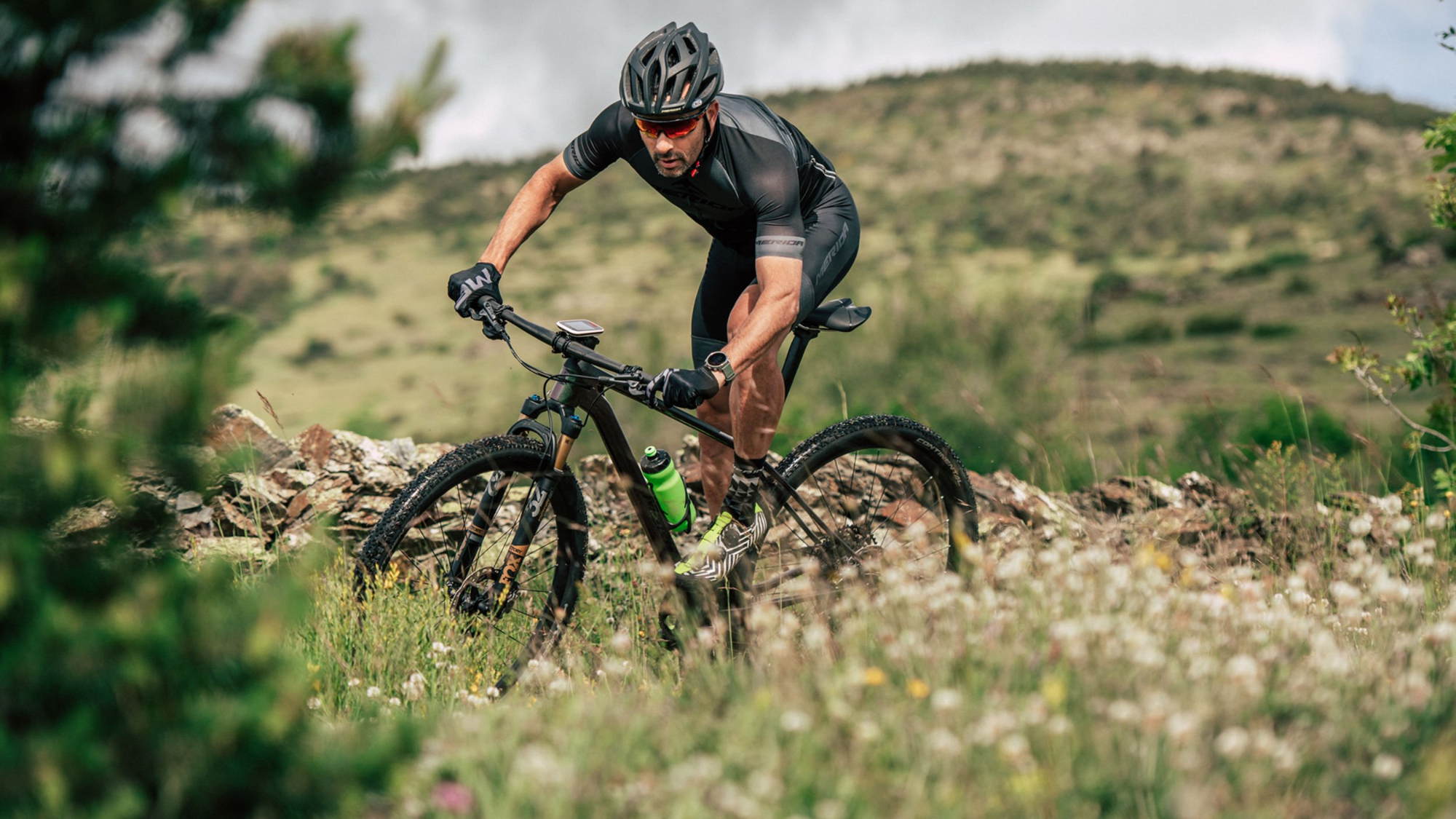
Even on a local level, if you’ve had a bike delivered direct recently you’ll either know how delighted the driver probably was to get rid of the heavy, bulky blockage in his van, or been worried he was going to punch you as he had to fight past it to other drops for most of the day. That goes right to the top too, with TNT already restricting bike deliveries and Fed-Ex completely refusing to take bikes. Oh, and Fed-Ex is about to buy TNT, so that’s not going to get any better. And because anything shipping with a battery requires at least some extra level of security or handling care (e-bikes are categorized in the same bracket as guns and ammunition) bikes involving voltage means everyone involved has to vault a whole other set of issues and costs. And then there’s an extra level of consumer electrics certification and licensing to pay for and pass so while e-bikes are definitely helping increase the average spend on a bike, they’re also causing their own set of headaches.
Robots and lazers
To go back over the obvious point I made in part one of this article, the bikes we buy now are very different from what we used to buy too. Merida “still operate on the same site as when we were founded in 1972, albeit now with a few extensions, but the technology has evolved continually. There is a separate e-bike facility. It has multiple state-of-the-art paint plants with airlocks to ensure a clean environment, robot welding facilities to ensure quality and consistency, sophisticated laser cutting technology to replace many CNC processes when creating e-bike frames and laser alignment for full-suspension rear ends.
Once you look at high-end models, the cost of using the highest quality materials, the R&D time and cost, the carbon mold tooling cost all impact pricing massively. Merida doesn’t use open molds, it engineers its own designs and must recover the cost of the development by amortizing the cost across the life of a product. Performance benchmarks move on too so the consumer continues to get better bikes. The Merida Carbon FLX hardtail had won five World and European championships, 16 world cups and an Olympic silver medal was replaced in 2010 with a flagship 26-inch wheel Merida 0.Nine, with a frame 200g lighter at 935g, it was 30 percent stiffer and more comfortable. Nowadays, a high-end 29-inch Big Nine CF5 hardtail frame weighs just 880g with even better performance statistics. All of those technologies improve the quality and performance of the product but have to be factored into the cost of running the factory.
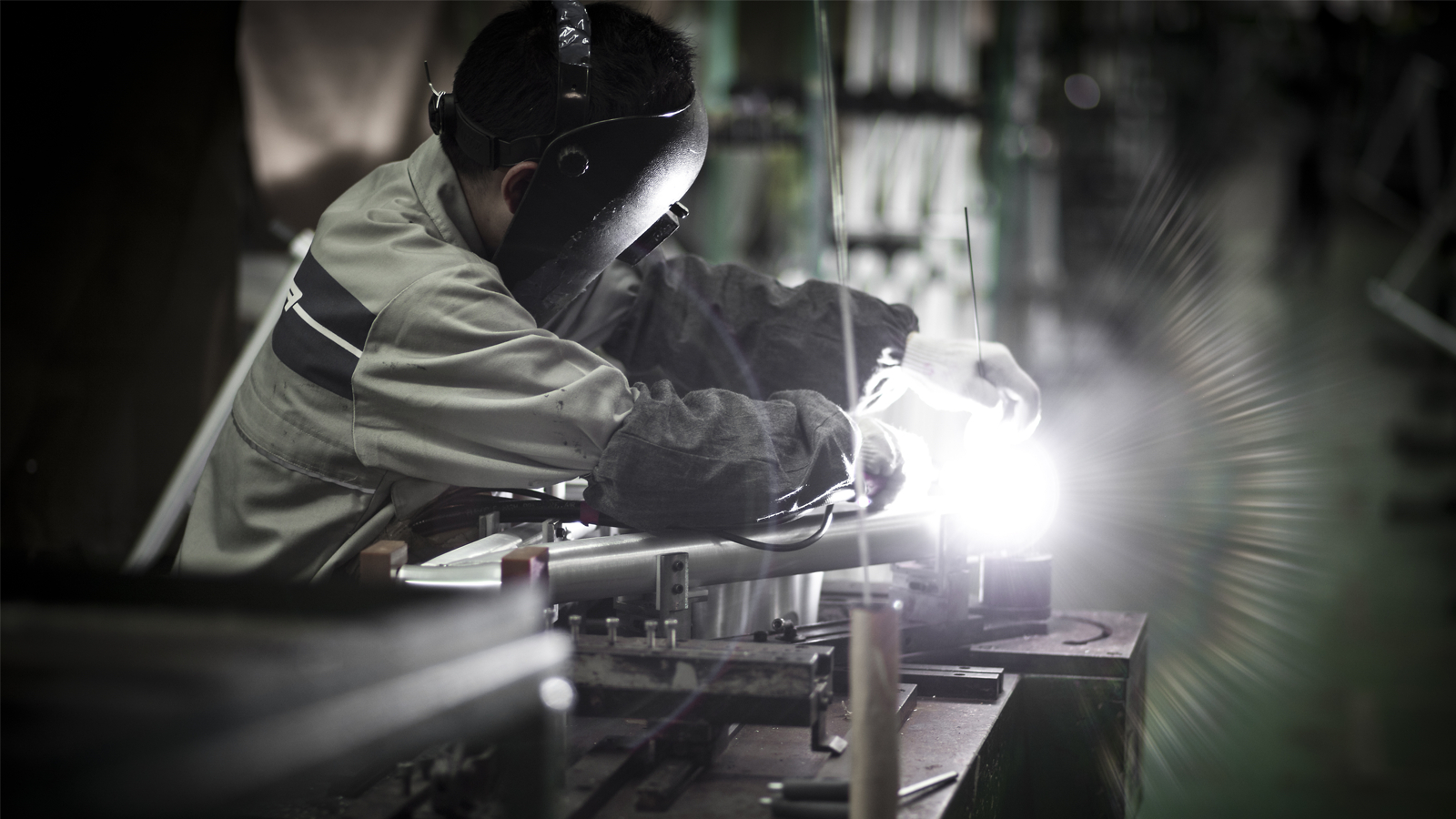
You don’t have to have been riding bikes since 1997 to realize that they’re lasting a lot better than they used to. Santa Cruz dropped a mic on the industry when they introduced a ‘no questions asked’ lifetime warranty. “The mainstay of our business is providing quality bikes that last. The rates of material failure are way lower than they were 10 years ago, or even five years ago. We also use a lot less in-house components and prefer to offer high-quality third-party parts to build our bikes. Yes, our bikes are expensive but as you pointed out in your first article, you are paying for the lifetime backup as well as other investments in marketing and rider support.
Profit and loss
So at this point, we’ve heard from industry insiders about why prices have gone up dramatically and done some digging that seems to back this up. However, I could still be being taken for a patsy by my industry contacts. So the only real way to see whether brands are raking in unreasonable amounts of money, doing OK but not outrageously or actually losing money is by looking at the publicly available accounts. And I think you’re going to be surprised just what that picture looks like, especially for some of the really big players.
Chris at Merida had already told me that “because the bicycle industry is a low margin, highly competitive industry with many disruptive players trading at a loss to gain market share, margin percentages in retail, distribution and manufacturing have actually reduced over time.”
The numbers largely bear this out too. Merida UK is actually too small to need to return full accounts but Giant’s 1997 accounts show a gross profit margin of 25 percent. In 2020 (latest published accounts) they show a gross profit margin of 15 percent. Santa Cruz UK importer, Jungle Products, have seen its gross margin drop slightly from 18.5 percent to 18.3 percent since 2016, but for several years they were making less than 18 percent. And that’s before you take out substantial fixed costs like rent, staff costs, marketing etc. That’s a significant element too as the last set of accounts for Orange bikes showed a gross margin of 27 percent but profit after tax of just 2.86 percent.
However, some brands haven’t made any profit at all for several years. The Gross Profit of Ribble Cycles peaked at 32 percent, but they’ve lost money every year for the past five years, amounting to £9.5m in total. Even in the boom 2020 year, they doubled sales and lost £76k.
Wiggle CRC is probably the most infamous loss trader in the industry and while sales grew 52 percent in 2020 over 2019 but they still recorded a loss of £16.3 million in the first 39 weeks of the year (compared to £39.5 million in the whole of 2019).
2019 was a bad year for a lot of other businesses too, with many famous names among hundreds of bike shops shutting their doors for good. The Evans bike chain was sold to Sports Direct in 2018 and 50 percent of stores were closed almost immediately. Even at the height of the bike boom, lack of actual bikes to sell hamstrung dealers and their agents too, so while they could sell at full price, they didn’t have anything to sell.
Having said that the bike industry undeniably did far better out of Covid than most retailers or sports suppliers though and the past couple of years has definitely helped inject much-needed cash to shops on the brink of going under. Because relatively few bike brands sell direct, bike shops have actually been pretty well insulated from the high street retail collapse until now. The writing is definitely on the wall with Specialized now offering direct-sell for its bikes to try and compete with brands like Canyon, YT, Radon and others, more big brands are definitely poised to follow if it proves a successful strategy. That’s a whole other area of selling strategies and their potential impacts on customers to get confused by though so we’ll save that for another day.
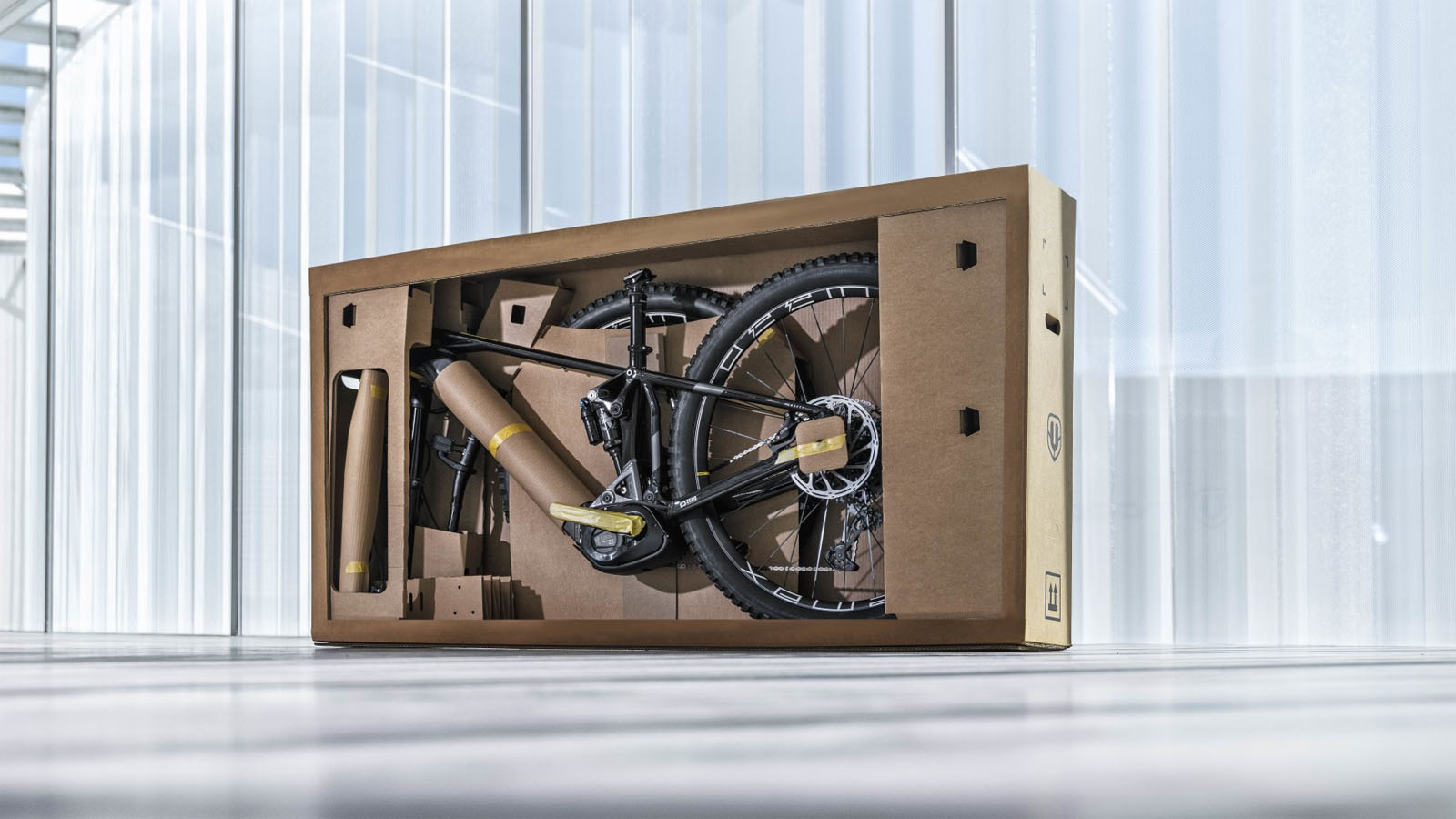
Living in Hope
And while it seems like we’ve painted a pretty bleak picture of an industry that’s still often running on vapor despite looking like it's in rude health, the 2020 figures we’re working with certainly don’t show the whole picture. For example, while the margins might be lower Giant still returned record sales and profits for the first three quarters of 2021. Shimano had record sales in the same period too and we know a lot of other firms having record results in terms of turnover. According to Companies House (the United Kingdom's registrar of companies), Muc-Off has definitely cleaned up, increasing its profit from £6.9m in 2019 to £13.35m in 2020 with a 47 percent gross margin. Hope increased its gross profit margin to 59 percent and as they’d shrewdly stocked up on raw materials to weather any Brexit supply issues and because they do almost all the manufacturing in-house wasn’t hit by Covid as badly as most international brands. That meant the profits for the year until April ’21 were £3.6m compared to £960k the year before.
Before you get too outraged though, remember that Hope was the only company whose components cost less than they did in 1997 and that they actually refunded early buyers of its HB130 bike when they realized it wasn’t costing them as much as they expected. Or as its head of sales and marketing Alan Weatherill says, “This is what happens when a company is run by people, rather than remote shareholders and accounts. We always make decisions on how would we feel if we were the customer, it’s not always about the money.
All this has created problems going forward though as the massive boom and associated supply issues make it extremely hard for buyers and suppliers to predict order schedules going forward, especially as lead times are double or sometimes quadrupled compared to normal. That inevitably means shrewd companies are going to try and hold onto some money just in case and who, frankly, can blame them.
So maybe I need to do a part three a few months on, but hopefully I've been able to give you some insight into a very mixed picture that proves while some companies are indeed cleaning up, others are looking a lot less shining in terms of a secure future.

Guy Kesteven has been working on Bike Perfect since its launch in 2019. He started writing and testing for bike mags in 1996. Since then he’s written several million words about several thousand test bikes and a ridiculous amount of riding gear. He’s also penned a handful of bike-related books and he reviews MTBs over on YouTube.
Current rides: Cervelo ZFS-5, Specialized Chisel, custom Nicolai enduro tandem, Landescape/Swallow custom gravel tandem
Height: 180cm
Weight: 69kg
